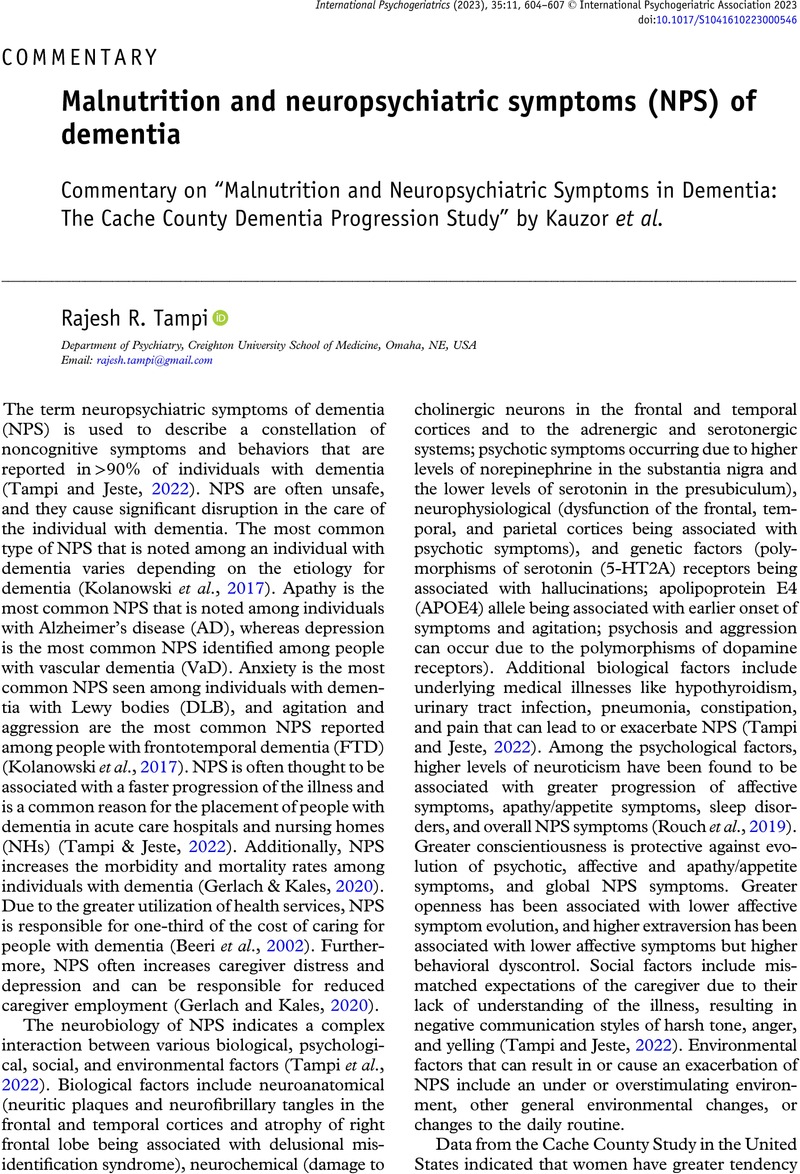Crossref Citations
This article has been cited by the following publications. This list is generated based on data provided by Crossref.
Liao, Yingqi
Zhang, Haoran
Zhang, Yaping
Kan, Cheuk Ni
Chia, Rachel Sher Li
Chai, Yuek Ling
Cheng, Ching-Yu
Chen, Christopher
and
Xu, Xin
2025.
The protective effect of vitamin B12 on neuropsychiatric symptoms in dementia-free older adults in a multi-ethnic population.
Clinical Nutrition,
Vol. 44,
Issue. ,
p.
25.



